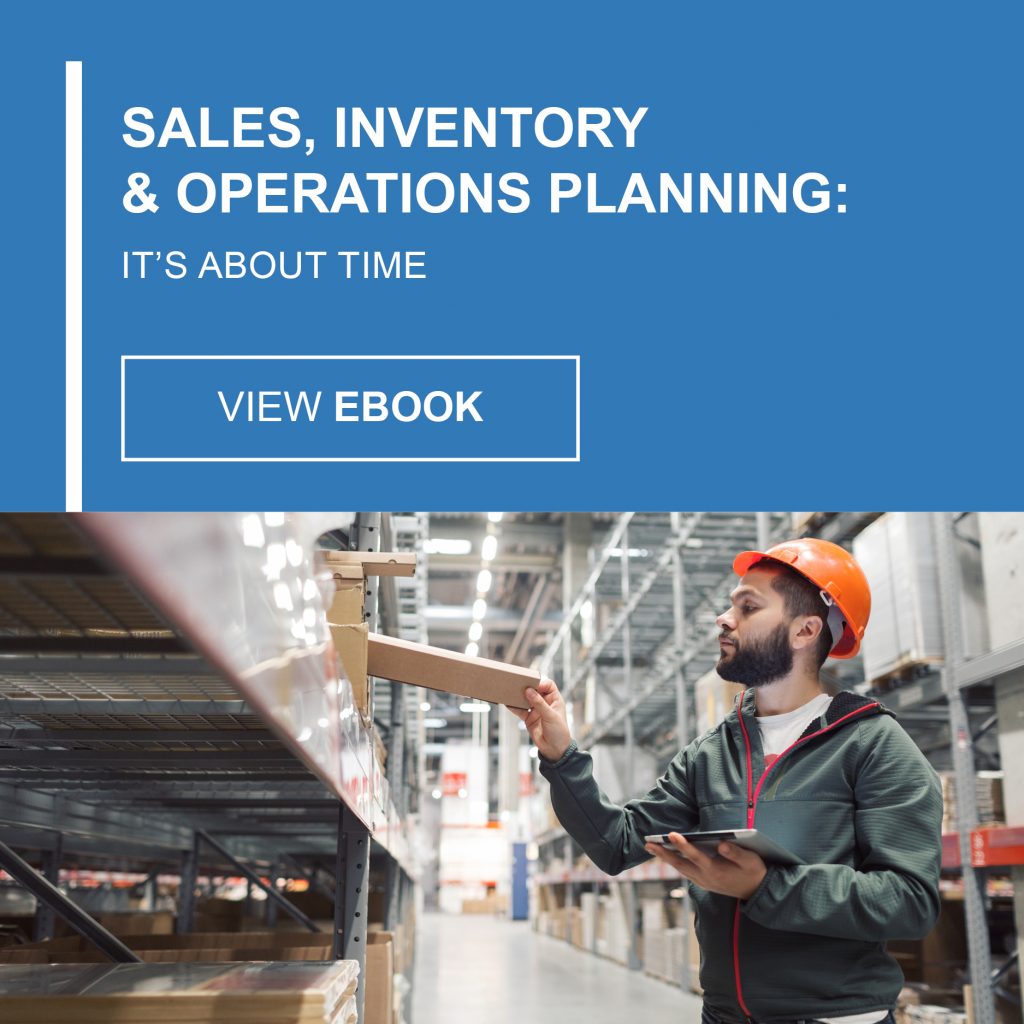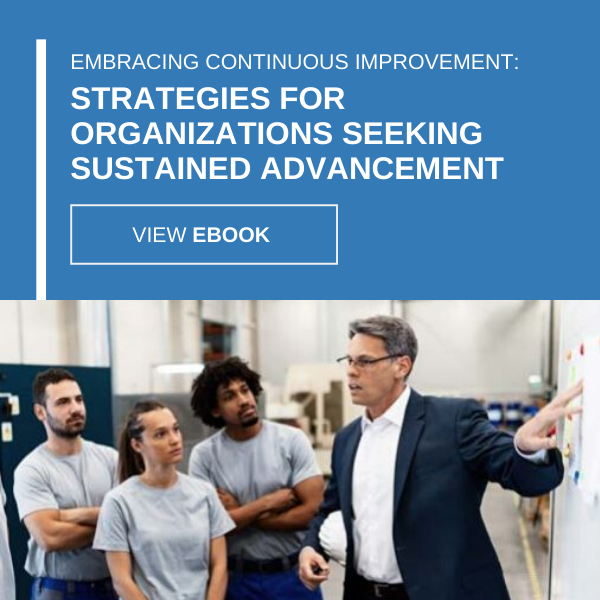
Change Management: Why It’s Necessary to Become More Agile
The only thing that’s constant is change. It’s a phrase famously attributed to a Greek philosopher in 500 B.C., but it also sums up the past year and a half in manufacturing and, frankly, just about any industry out there. It seems like change is coming at us faster than ever before. Apps now run our personal lives, and in the workplace, we’ve all had to adapt instantly to everything from customers going away to how the shop floor is configured for employee safety.
The ability to react to sudden events in the marketplace, whether it’s a shift in the economy or a supply chain disruption, requires manufacturers to be agile enough to pivot on a dime. But, it’s not just a matter of being able to roll with the punches. It’s about being able to react quickly to opportunities, too. It’s about growth and the ability to sustain that growth for the long term, come what may.
Change management
When thinking about change management, it’s natural to think of change coming from outside forces. Economy shifts. Supply chain disruptions. Even sudden changes in demand for what you produce. But some change comes internally, as well. Longtime leaders get their gold watches and retire. Companies restructure. Mergers and acquisitions happen. Company culture suddenly takes a nosedive and nobody knows why.
Having a mindset of change management already in place helps companies react quickly and effectively when change inevitably happens.
For manufacturers, the bottom line is always very thin. At USC Consulting Group, we specialize in those tight margins, helping our clients find hidden opportunities to realize and profit from efficiencies they may not even know were there.
Some key factors in creating a change management mindset include:
Acceptance of change. When we uncover efficiencies for our clients, sometimes we ruffle feathers because of a mindset that is built around “it’s the way we’ve always done it.” The idea that it’s OK to let go of some traditional methods, try something new and change processes that just aren’t working anymore is key. This may sound basic, but it is difficult to produce a culture shift like this if your company has been doing the job the same way for years.
C-suite support. The ability to pivot and react has to come from the top.
Employee buy-in. We find that this is crucial to successfully implementing any change, even positive ones. The people doing the job on the shop floor need to embrace it.
Planning. If you fail to plan, as the saying goes, you plan to fail. It may sound a little counterintuitive, planning for change, but we find that if our clients have a solid planning process in place, it can act as a rudder in choppy waters. We recommend a process called Sales, Inventory and Operations Planning that integrates customer-focused demand plans with production, sourcing and inventory plans, resulting in improved tactical and long-term decision-making.
SIOP spotlight
We like to tell our clients that the purpose of SIOP is making sure you’re having the right conversations about the right things at the right time. And getting what you need when you need it.
“Key to the SIOP is to emphasize inventory as a strategic tool to help offset variation in either demand or production issues,” explains David Shouldice, senior vice president and managing director of USC Consulting Group’s global mining and metals practice. “One lever of control in the SIOP process is to make inventory harder working as a strategic tool.”
This isn’t a one-and-done process. We recommend that our clients update their plans monthly. Some do it more often than that. The point is covering a sufficient span of time to make sure the necessary resources will be available when you need them. The plans take into account projections made by the sales and marketing departments and the resources available from manufacturing, engineering, purchasing and finance. All of that together works toward hitting the company’s goals and objectives.
Sales, Inventory and Operations Planning is done on an aggregate level. The big picture, in other words. Those big-picture plans then drive the individual departmental plans. Each month, you meet again to determine whether the overall company plan is on course, and to adjust for changes in the marketplace and changes or problems within the company.
A foundational tenet to a robust SIOP process requires that the right conversations occur about the right topics at the right time. Core components of a successful SIOP process include:
- Sales forecasting and accuracy measures
- Strategic inventory considerations
- Consistent operational capability analysis (capacity and efficiency)
- Cohesive plan with stakeholder collaboration
- Ability to execute the plan or pivot
- Report and review plan versus actual
- Analyze and implement corrective actions
With the right plan in place, your company is positioned well for whatever changes come down the pike. To learn more, contact us and we’ll be happy to talk about how a great plan can help you realize even greater efficiency.







